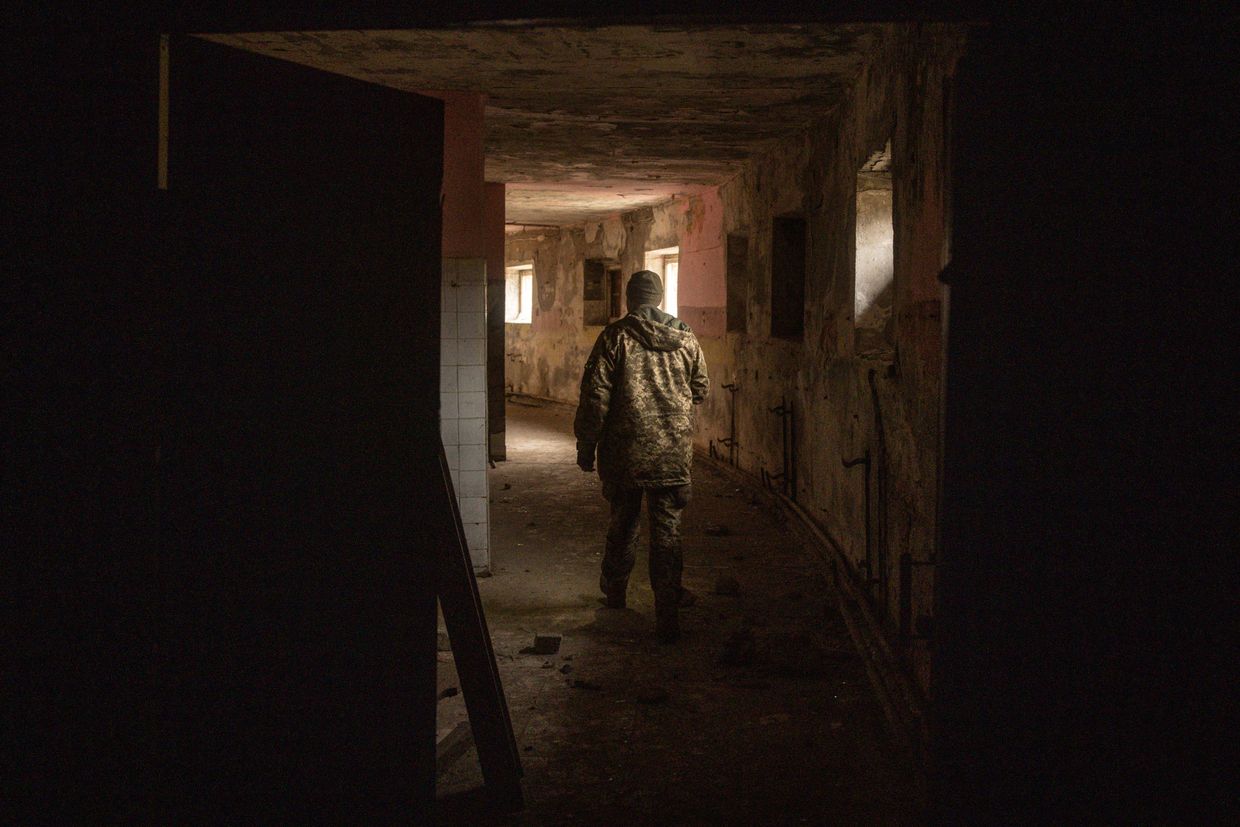"We have a plan B and a plan C. But our focus is plan A, the essence of which is to get everyone's support" for Ukraine's accession, EU foreign policy chief Kaja Kallas said.
"(T)he presence at the Victory Parade of a country that bombs cities, hospitals, and daycares, and which has caused the deaths and injuries of over a million people over three years, is a shame," Polish Prime Minister Donald Tusk said.
"According to the participants of the performances, their goal is to remind the civilized world of the barbaric actions of Moscow, which for many years and decades has systematically violated international law," a source in Ukraine’s military intelligence agency (HUR) told the Kyiv Independent.
"I have great hope that an agreement for a ceasefire in Ukraine will be reached this weekend," German Chancellor Friedrich Merz said on May 9, shortly before traveling to Kyiv alongside the leaders of France, Poland, and the U.K.
U.K. Prime Minister Keir Starmer, French President Emmanuel Macron, German Chancellor Friedrich Merz, and Polish Prime Minister Donald Tusk will arrive in Kyiv early on May 10.
The United States embassy in Kyiv on May 9 issued a warning that Russia could launch "a potentially significant" attack in the coming days, despite Putin's self-declared Victory Day "truce."
The sanctioned oil tankers have transported over $24 billion in cargo since 2024, according to Downing Street. The U.K. has now sanctioned more shadow fleet vessels than any other country.
The sanctions list includes 58 individuals and 74 companies, with 67 Russian enterprises related to military technology.
Washington and its partners are considering additional sanctions if the parties do not observe a ceasefire, with political and technical negotiations between Europe and the U.S. intensifying since last week, Reuters' source said.
Despite the Kremlin's announcement of a May 8–11 truce, heavy fighting continued in multiple regions throughout the front line.
Putin has done in Russia everything that Luiz Inacio Lula da Silva had been against in Brazil.
Russia used 2 Zircon hypersonic missiles in Feb. 7 attack, expert says
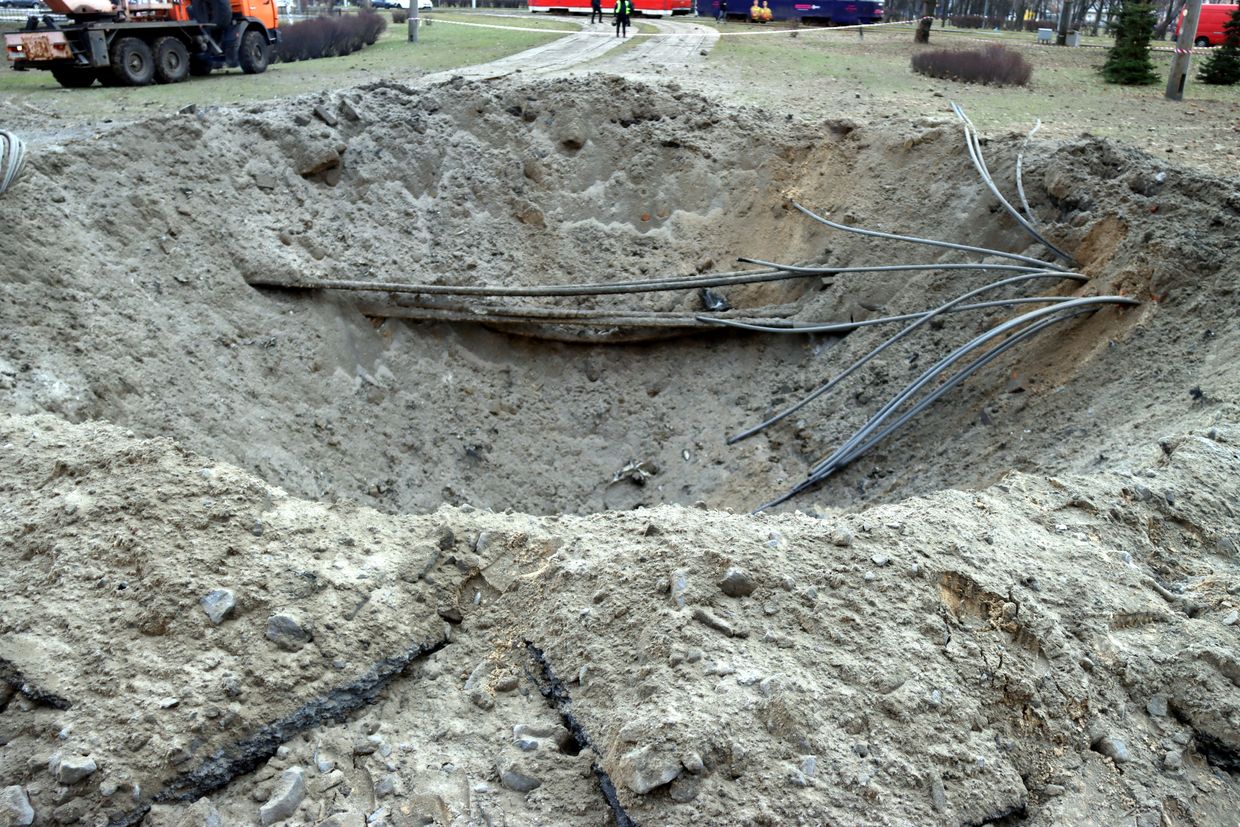
Russia launched two 3M22 Zircon hypersonic cruise missiles during its large-scale attack against Ukraine on Feb. 7, Oleksandr Ruvin, director of the Kyiv Scientific Research Institute of Forensic Expertise, said in an interview with Vechirniy Kyiv on Feb. 21.
Ruvin said on Feb. 12 that there was preliminary evidence that Russia had deployed a Zircon missile for the first time since the full-scale invasion during the attack on Feb. 7, which killed six and injured over 50.
During the interview with Vechirniy Kyiv, Ruvin specified that air defense forces downed one Zircon missile, which then fell in the Dniprovskyi district on the city's east bank, while another was downed over Vysheve in Kyiv Oblast and fell in a field.
The Zircon hypersonic missile, designed as an anti-ship missile, entered the arsenal of the Russian military in early 2023.
Moscow claimed it has a range of 600–1,500 kilometers, can travel at nine times the speed of sound, and has a warhead weighing about 300-400 kilograms.
There is reason to doubt these claims, according to Ruvin. The missile flew at around 2,500 kilometers per hour on the final part of its flight, not at the 10,000 kilometers per hour as claimed by Russia, Ruvin told Vechirniy Kyiv.
"Secondly, there are great doubts about its accuracy. The missiles were hit by air defense and did not reach their targets," Ruvin said.
"We did not see the destructive power that an anti-ship missile with almost 400 kilograms of explosives should have," Ruvin said.
The missile "was developed primarily as a weapon against aircraft carriers, which are very difficult to sink." According to Ruvin, it is "unlikely" the missile could successfully sink an aircraft carrier.
"We continue to investigate the remains of this anti-ship missile" and find out more about its components, Ruvin said.
The two Zircon missiles were among the 44 Russian projectiles downed by Ukrainian air defenses on Feb. 7. As well as Kyiv, Russia targeted Lviv, Mykolaiv, Dnipropetrovsk, and Kharkiv oblasts.
This was not the first attack of such scale during this winter. Russia carried out a number of massive attacks in the past weeks and months, most notably on Dec. 29, 2023, Jan. 2, and Jan. 23.
Most Popular
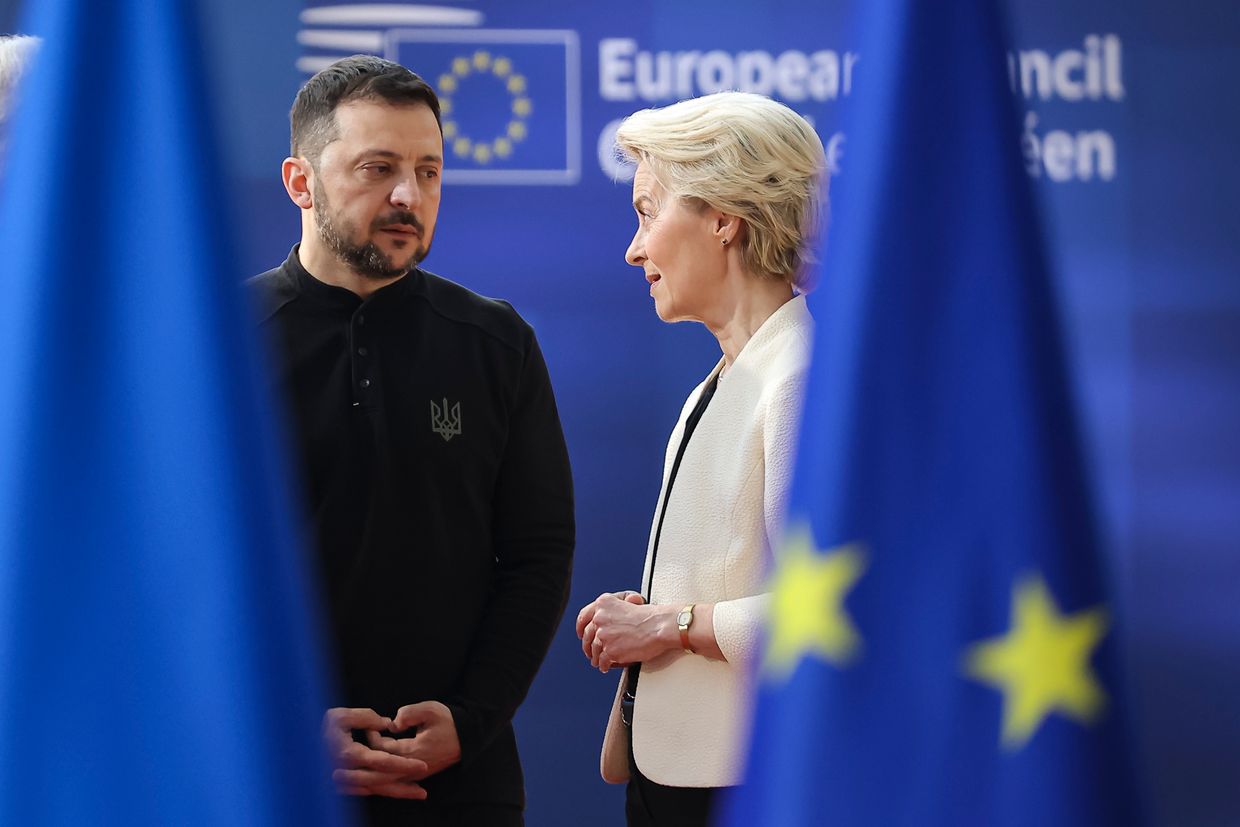
After 3 years of full-scale war in Ukraine, Europe announces plan to ban all Russian gas imports

Ukraine, Europe's ceasefire proposal includes US security guarantees, no recognition of Crimea, Reuters reports

Journalist Roshchyna's body missing organs after Russian captivity, investigation says
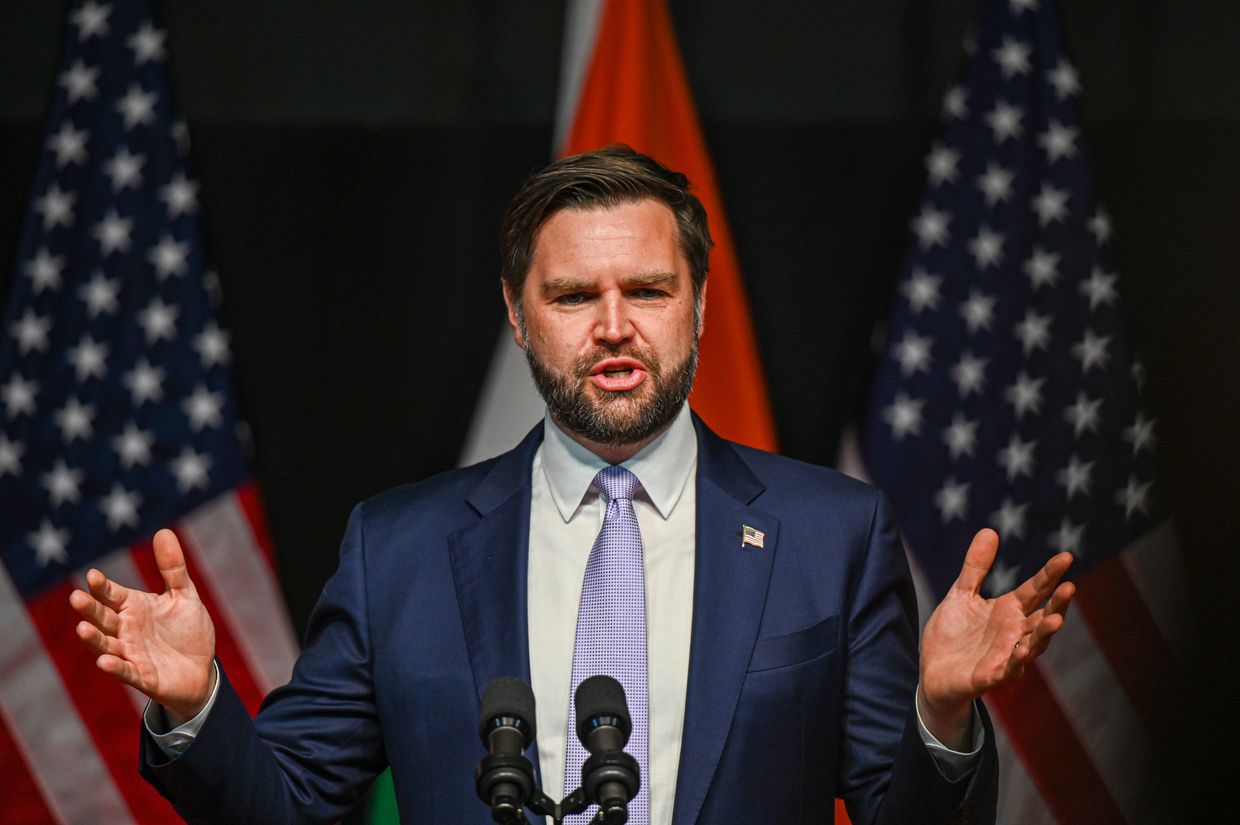
After Russia's deadly attack on Kyiv, Vance reposts denunciation of Zelensky
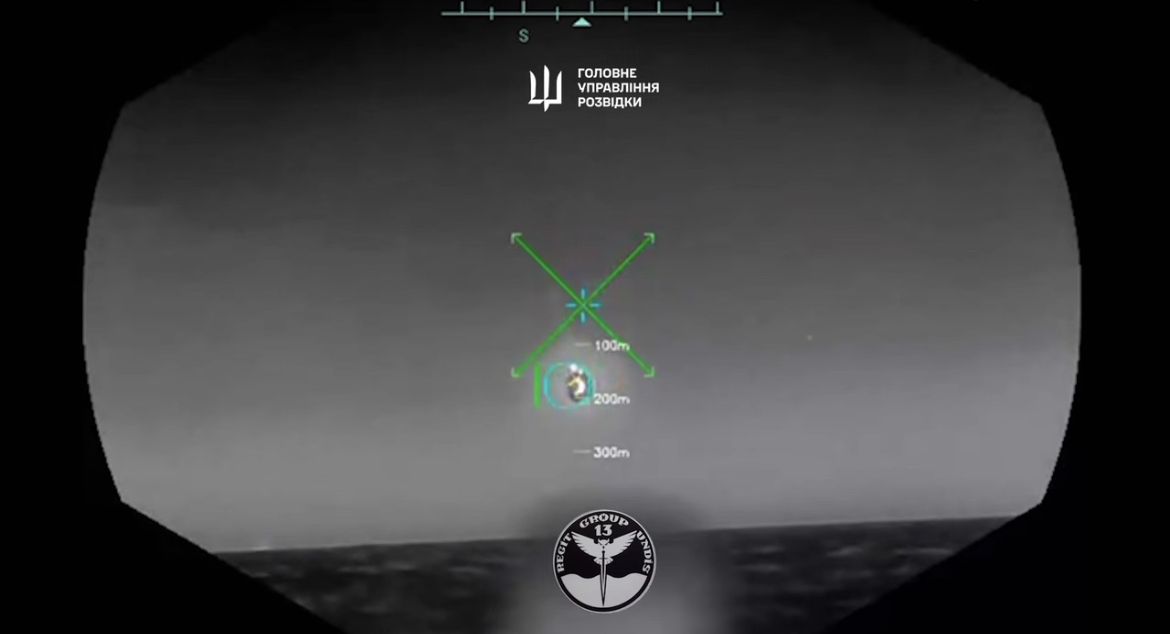
Ukrainian sea drone downs Russian fighter jet in 'world-first' strike, intelligence says
Editors' Picks
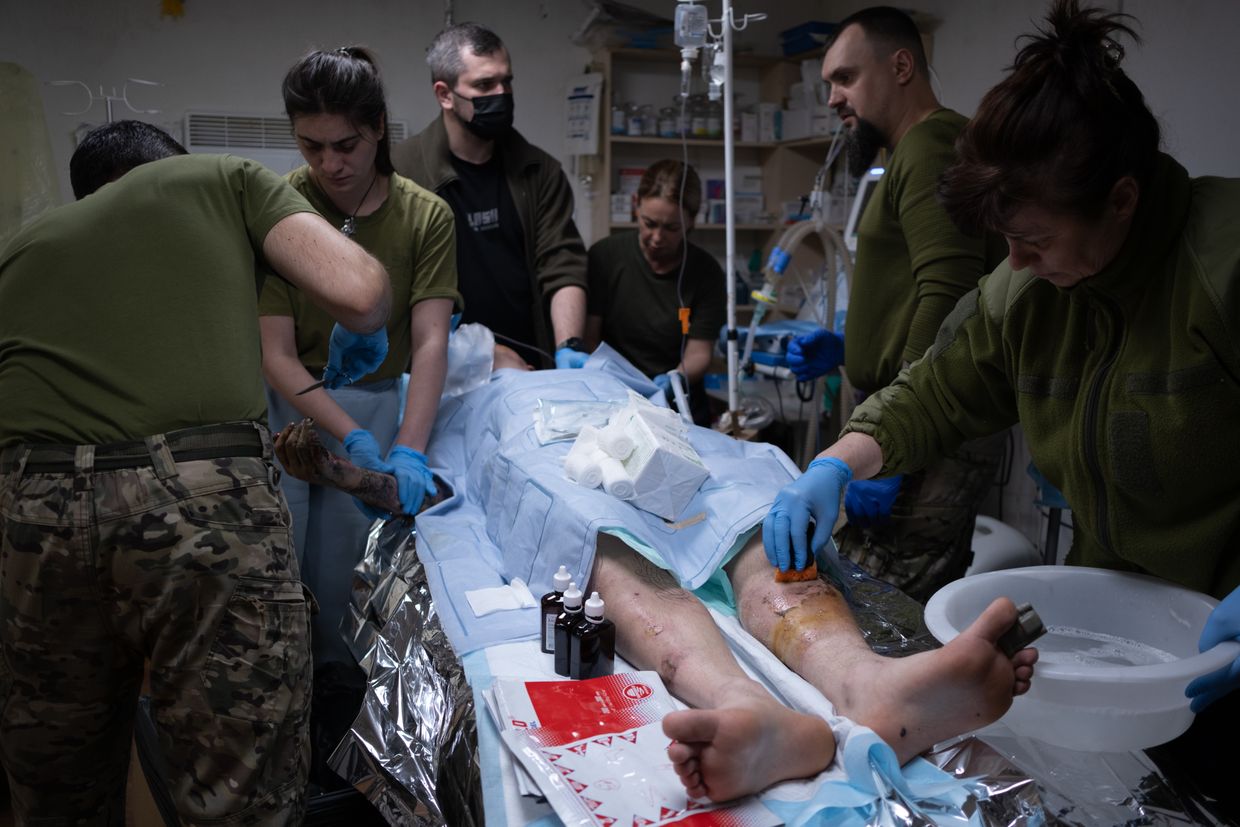
How medics of Ukraine’s 3rd Assault Brigade deal with horrors of drone warfare
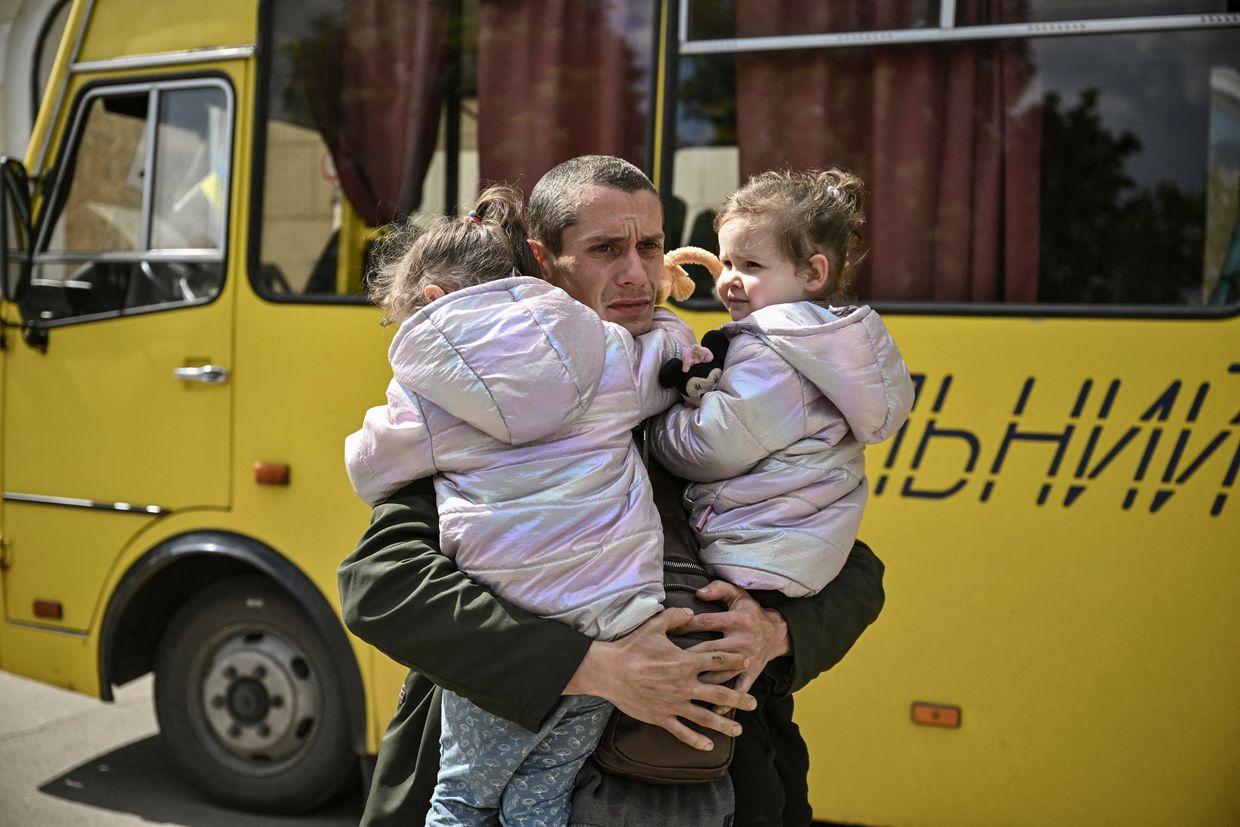
As Russia trains abducted children for war, Ukraine fights uphill battle to bring them home
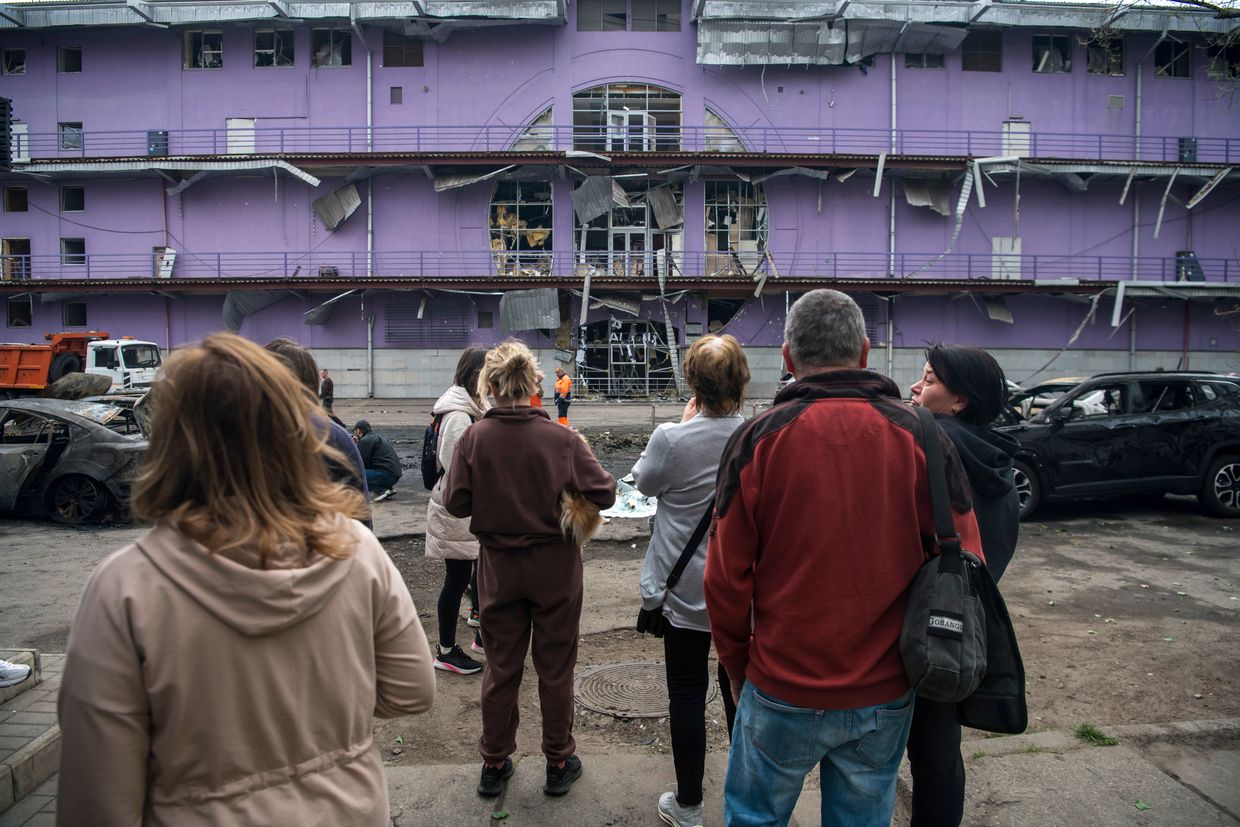
'I just hate the Russians' — Kyiv district recovers from drone strike as ceasefire remains elusive
